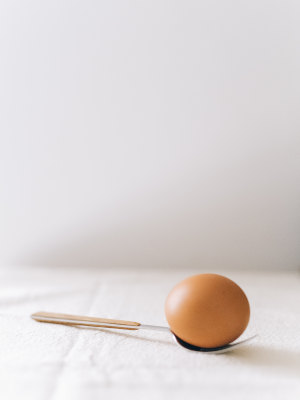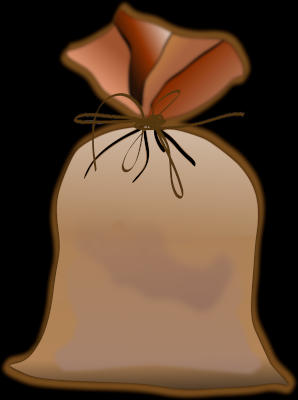Regardless of where you live, you can still experience a bit of Dutch culture in the comfort of your own home. This article contains six games that are enjoyable for individuals of all ages and are well-known in the Netherlands.
“Koekhappen” (Biting Cake)
Koekhappen, or biting cake, is a game that is familiar to almost every Dutch person. It is frequently played at children’s parties and during King’s Day celebrations. To play, you need slices of “ontbijtkoek”, or cake, and a rope or wire. Hang the cake slices on the wire at eye level, and players have to bite off the cake without using their hands. The first person to finish their slice of cake is the winner! If you find this game too easy, you can also play it blindfolded.
“Ezeltje Prik “(Donkey Puncture)
To play Ezeltje Prik, or Donkey Puncture, you will need a paper donkey, paper tail, pushpin, blindfold, and cardboard or pinboard. Stick the paper donkey without a tail on the cardboard or pinboard. The objective of the game is to pin the tail of the donkey in the correct location on the donkey. Each player must be blindfolded and spin around a few times, which can make them quite dizzy. The person who successfully pins the tail in the correct location is the winner of this game! This game is ideal to play indoors.
“Eierlopen” (Egg Walking)
Another amusing game to play is eierlopen. In this game, participants must navigate through a course as quickly as possible while balancing an egg on a spoon. The spoon must be held with one hand, and touching the egg is not allowed. The course can be created using sidewalk chalk or pawns. At the end of the course, a bucket is placed on the ground. Typically, this game is played in teams, with each team following the course one after the other and attempting to place a certain amount of eggs into the bucket. However, if an egg is dropped, the team must restart the course. The fastest team wins. For more difficulty, you can lengthen the course, use more obstacles, or try to hold the spoon in their mouth rather than their hand.

“Blikgooien” (can throwing)
This game is a simple and enjoyable activity often played at fairs. To play blikgooien, stack several cans (you can use empty soda or soup cans) in the form of a tower and have players throw small, soft balls at them from a certain distance. The player who successfully knocks over the most cans wins. You can make the tower as tall as you want.
“Sjoelen” (Shuffling)
The shuffleboard consists of four compartments, with slots serving as entrances. Each slot is assigned a specific point value: 2, 3, 4, or 1. Each player is provided with thirty discs that must be shuffled into the slots. Each player has three turns to complete this task. After each turn, the discs in the compartments remain in place while the remaining discs can be shuffled again. The score for each player is calculated after the third turn. If there is a disc in all four squares, it is worth twenty points instead of ten. After counting how many times a disc has been shuffled in all four boxes, the remaining points are added. The player with the most points wins the game.
“Zaklopen” (bag walking)
Bag walking is an old Dutch game where players jump through a course in a burlap bag. If you don’t have a burlap bag, a strong garbage bag can be used instead. This game can be played individually, in pairs, or in teams. The group that completes the course in the fastest time without knocking over any pawns wins the game.

Sources:
https://www.hoponhopoffholland.com/2020/05/15/old-dutch-games/
